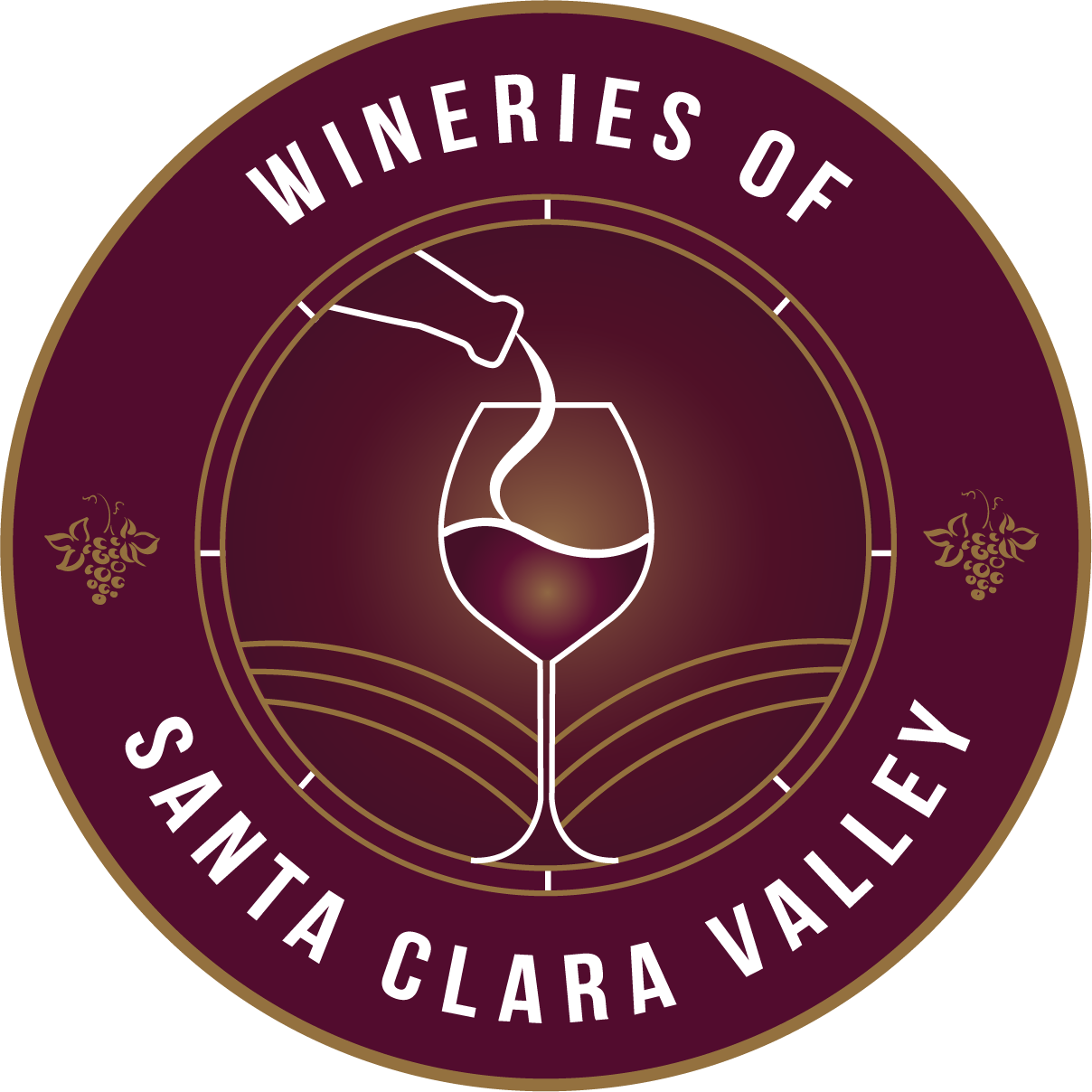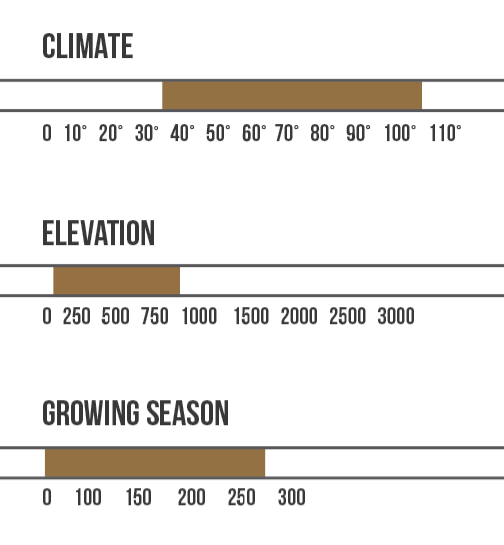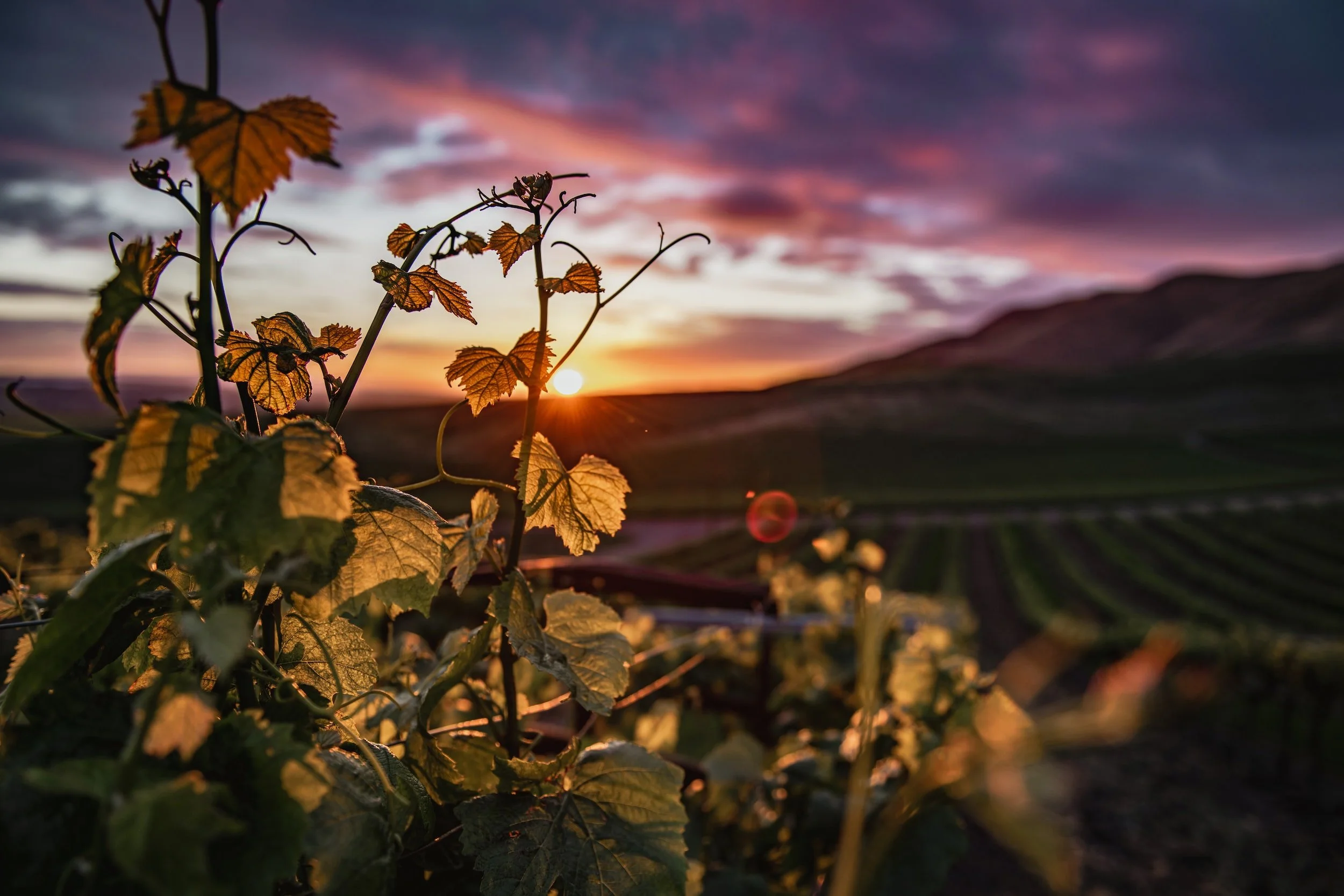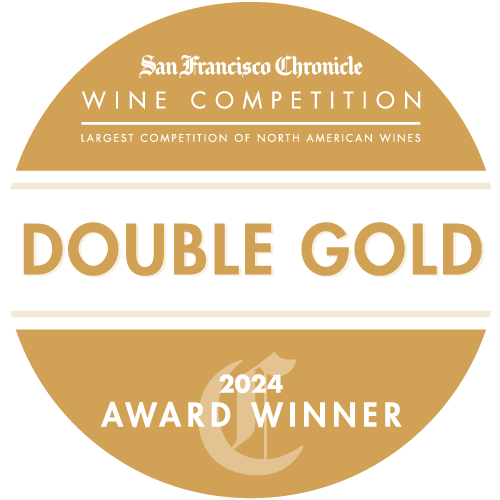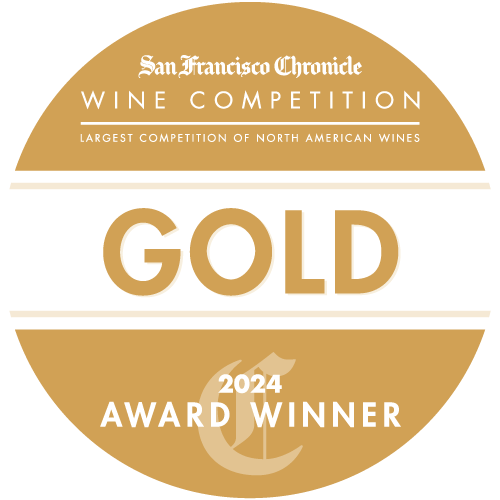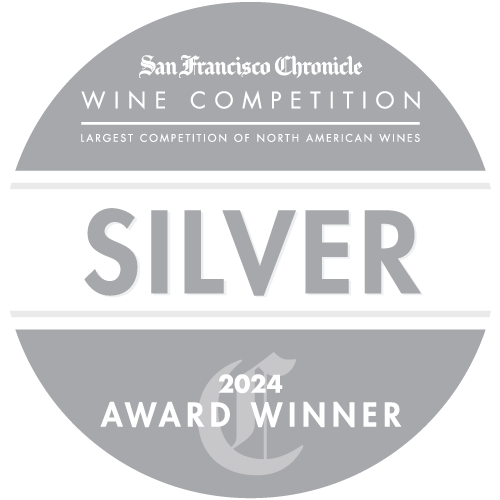Through boom years and phylloxera, prohibition and the depression, the Santa Clara Valley wine region survived as a result of the dreams and desires of farmers. They planted and replanted this land to vines, experimented with rootstocks, clones, trellising systems and a variety of viticultural techniques - always striving to produce the best possible quality. These farmers are solely responsible for making this valley known as the first premium wine-producing region in California and home to numerous world-class, award-winning wines.
1798
First European cuttings
planted at Mission Santa Clara
1802
Mission Santa Clara’s
first wine poured
1849
Europeans established vineyards
in the valley and foothills
1852
Almaden Vineyards established
as the first winery in California
1883
100 wineries are in operation in the county with over 15,000 acres of vines
1895
+5 million gallons of wine being
produced in the county
The viticulture history of Santa Clara Valley
has deep roots that began over 250 years
ago. Historical records speak of wild grapes
thriving in the valley in the early 18th
century when Spanish explorers
discovered Vitis Californica climbing
the trees along the creeks and
streams throughout the valley.
In 1798, the first European cuttings
(Mission grapes) were planted at the
historic Mission Santa Clara by Franciscan
monks and are believed to be
California’s first successful vines planted.
Their first wine was produced in 1802
as sacramental wine.
By the 1820’s, Mission Santa Clara’s
vineyard flourished to just over 2 acres.
In 1830,it yielded enough grapes to supply
San Francisco‘s Mission Delores with
grapes to begin making their own wine.
During the 1849 gold rush, European
immigrants coming from France, Italy,
Germany and Spain recognized the
potential of the region and began
establishing hundreds of acres of vines
using grapes well known in their country.
By the early 1850’s, Santa Clara Valley
had more acres of planted vines and
vineyards than any other county in
the entire state of California. In 1852,
founder Etienne Theé planted California’s
first vineyards with vines from his home in
France, naming it Almaden Vineyards after a
local mine in the Los Gatos area.
Over 100 wineries were recorded by 1883,
with more than 15,000 acres of planted
vines. In 1895, Santa Clara Valley wineries
were producing over 5 million gallons
of wine and shipping it across
the United States and overseas.
Around 1895, phylloxera attacked local vines.
It destroyed approximately 75% of the
vineyards in five years. Farmers replanted
most of the land with fruit and nut trees.
In 1920, when Prohibition hit, very few
wineries survived legally by producing
sacramental wine for religious purposes.
The dream and desire of certain farmers to
return to a viticulture-centric region brought
an energized and aggressive resurgence
in the planting of vineyards and the
birth of many wineries in the 1940’s.
In 1989, the Santa Clara Valley was declared
an AVA and also contains two sub
appellations - Pacheco Pass AVA and
San Ysidro District AVA.
Today, the Santa Clara Valley is home
to over 50 wineries of every size and shape,
from long-established century-year old
family operations to relatively small newcomers.
Santa Clara Valley lies inland and is 17 miles east of the Pacific Ocean. The variety of aspects and topography provide excellent exposure, creating conditions for the vineyards to thrive.
CLIMATE
The climate of the Santa Clara Valley is
classified as Mediterranean but the
temperatures are fairly high due to the
influence of the Santa Cruz Mountains. The
region enjoys warm days and temperate
evenings, cooled by sea breezes and fog
from San Francisco Bay. Temperature varies
from 43°F to 80°F and is rarely below
35°F or above 100°F.
The Santa Clara Valley viticultural area is
protected from the Pacific Ocean by the
Santa Cruz Mountains on the west and
separated from the San Joaquin Valley
by the Diablo Mountain Range on the east.
RAINFALL AND WINDS
During the summer, the cool temperatures
and the prevailing moderate to strong,
west and northwest offshore winds move
into the San Francisco Bay area at low
elevations. The effect of the marine air
is felt in the Santa Clara Valley mainly late
in afternoon and early evenings.
Surface winds enter the south part of the
Santa Clara Valley via the Coyote Narrows
and pass through Pajaro Gap. Prevailing
wind direction is from the north over most
of the southern portion of the valley, with
winds blowing mostly from the south
just below Gilroy,due to the Pajaro Gap. In
the vicinity of Gilroy, however, winds are
variable, because the currents from north
and south meet there. Winter winds
associated with the low pressure cyclonic
storms which visit the region are more
changeable in direction and velocity. Wind
speeds are greatest during summer, when
they average ten miles per hour.
GROWING SEASON
The growing season between killing
frosts is fairly long, ranging from 250 to
300 days. The area falls into climate
region II (cool) with a heat summation
of 2,700 degree days. Heavy frosts do
not occur in the viticultural area, although
temperatures can get below freezing in
winter. With the oceanic influences, the
growing season can extend and the
grapes slowly reach their phenolic
ripeness while retaining a good level
of acidity.
SOIL
The soils of the region are generally
composed of gravelly silt, clay and
sandstone. Those deep soils
with good drainage are excellent
for vines.
VALLEY FLOOR
The Santa Clara Valley floor consists
chiefly of a number of confluent alluvial
fans and flood plains formed by deposits
from the numerous streams that enter
the valley from both mountain systems.
An imperceptible alluvial divide at
Morgan Hill separates the drainage of
the valley into a north-flowing system
and a south-flowing system. The former
drains into San Francisco Bay at the
north end of Santa Clara County, and
the latter leads to the Pajaro River south
of Gilroy and eventually flows into
Monterey Bay.
The oldest rocks found within eastern
Santa Clara Valley are the Franciscan-
Knoxville. Group of Upper Jurassic age.
These rocks form the largest single
geologic unit in the area. Along
the margins of the Santa Clara
Valley, Pliocene strata are exposed
and the valley floor itself is composed
of an accumulation of Quaternary clay,
sand, and gravel.
ELEVATION
The Santa Clara Valley ranges in elevation
from 100 to 800 feet above sea level as
compared with the Santa Cruz Mountains
and Diablo Range which surround the valley
on the west and east side, respectively.
The Diablo Range elevation averages
approximately 1,000 to 3,500 feet above
sea level.
In 2008, the Wineries of Santa Clara Valley
(WSCV) became a non-profit
501c3 Corporation. It is made up of
member wineries who grow and
produce wines that are grown in the
Santa Clara Valley. The association also
includes associate members who are
vineyard owners, individuals and
businesses in the product and
service industry.
Statement of purpose
Our purpose is to support the
Santa Clara Valley wine region by
promoting the wineries, wine culture,
wine tourism, and heritage of our AVA.
We strive to positively invest and contribute
to our community and our land.
We provide scholarships and grants to be
used by qualified aspiring viticulturists, wine
educators, and wine stewards seeking to
further their education and advance
in their chosen fields.
In 1986, Gene Guglielmo, grandson of
winery founder Emilio Guglielmo,
submitted his petition to the Bureau
of Alcohol, Tobacco and Firearms in
Washington D.C. accompanied with his
research,soil maps and proposed
viticultural boundary maps. After three
long years of waiting, the Santa Clara
Valley was declared an AVA on
March 28, 1989. Our AVA also contains
two sub appellations - Pacheco Pass
AVA and San Ysidro District AVA.
Counties include Santa Clara, San Benito
and Alameda Counties that extends from
lower San Francisco Bay from the cities
of San Jose, Santa Clara, Menlo Park,
Mountain View and Fremont on the north
to Gilroy and Morgan Hill on the
southern end.
The entire Santa Clara Valley AVA
is approximately 530 square miles
or 339,200 acres of which more
than 4,500 acres are planted in vine.
As of 2023, there are approximately
50 bonded wineries in the viticultural area.
Extensive testing shows that the
grapes most suitable for the
climate and soils of this region reign
from Bordeaux, Rhone, Burgundy in
France and Tuscany and Piedmont
in Italy.
Bordeaux Grape Varieties
Cabernet Franc
Cabernet Sauvignon
Merlot
Malbec
Petit Verdot
Sauvignon Blanc
Rhone Valley Grape Varieties
Grenache
Syrah
Carignan
Burgundy Grape Varieties
Chardonnay
Pinot Noir
Tuscany Grape Varieties
Sangiovese
Cabernet Sauvignon
Merlot
Piedmont Grape Varieties
Nebbiolo
QUALITY
Out of the 4500 acres in the valley
planted in vines, 70% are 20 acres or
less. Growers focus on growing the
highest quality wine grapes with
most vineyards tending their
vines by hand.
VARIETIES
The most popular red/white varieties
planted in Santa Clara Valley are
Cabernet Sauvignon, Chardonnay,
Pinot Noir, Sauvignon Blanc
and Zinfandel.
We’ve compiled an impressive list
of all the varieties being farmed with
new varietals being added every year.
Aglianico
Alicante Bouschet
Barbera
Barolo
Cabernet Franc
Cabernet Sauvignon
Carignan
Carménère
Charbono
Chardonnay
Cinsault
Clairette
Colombard
Counoise
Fiano
Gewurztraminer
Graciano
Grenache
Grenache Blanc
Grenache Noir
Gringnolino
Gruner Veltliner
Lagrein
Malbec
Marsanne
Merlot
Mourvèdre
Muscat
Muscardin
Nebbiolo
Negroamaro
Nero d´Avola
Roussanne
Petite Sirah
Petit Verdot
Picpoul Blanc
Pinot Noir
Sagrantino
Sangiovese
Sauvignon Blanc
Semillon
Syrah
Tannat
Tempranillo
Terret Noir
Touriga Nacional
Vaccaresse
Viognier
Zinfandel
Often our wineries expand their
portfolios by sourcing the abundance
of quality grapes within our AVA as
well as throughout California using
the commercial vineyards below.
highest QUALITY
With some of the oldest vineyards in
the country and home to some of the
first vineyard-designated wines,
Santa Clara Valley has a long history
of high scores and accolades for
quality grapes.
Familiarity
Many Bay Area vintners search out
Santa Clara Valley grapes because
of the diversity and quality of our grape
varietals. They also benefit from using
grapes with vineyard names wine lovers
already know and are familiar with.
PURCHASING
Purchasing is easy and we’re
here to help! Let us connect you with
the best growers who can assist you in
expanding your portfolio.
selling
Looking to offload tonnage? As a grower
member, we can help by distributing
an email to all member wineries.
Just send us the variety, tons available,
cost per ton, and whether you
deliver or they need to be picked up.
CONTACT
Good for the Environment
Sustainable winegrowing preserves
natural resources, improves air and
water quality, and protects ecosystems
and wildlife habitat.
Good for the Community
Sustainable winegrowing helps growers
and vintners be stewards of both natural
and human resources, preserving open
space and providing scenic landscapes
and contributing to their communities
economically and culturally. Sustainability
also helps provide a favorable environment
for employees and neighbors.
Good for the Grapes & Wine
Sustainable practices require in-depth
attention to detail and continuous
improvement resulting in high quality
California winegrapes and wine.
To learn more about the program, we
encourage you to head to the following sites:
The WSCV association is 100% behind the
California Sustainable Wine-growing
(CCSW) program. We have a few wineries
and vineyard members that are certified
with more currently in the 2+ year process.
Our hope is by 2025, all wineries and
vineyards are 100% certified.
Currently Certified
Clos La Chance Winery
Cooper-Garrod Estate Vineyards
In Process
Guglielmo Winery
Lightpost Winery
Lion Ranch Vineyards and Winery
MoHi
Moose Mountain Vineyards
Our wineries enter and win major
competitions in California year after year.
Many wines are being recognized in
Wine Enthusiast, Wine Spectator,
Vinous, and the Wine Advocate, with wines
rated 90 points and above. Some wines
have also been recognized as being
Editor’s Choice and in the Top 100.
Our wineries are farming well, making
wine sensitively and offering wines that
are fantastic and distinctive. This,
ultimately, is wine’s greatest
contribution to community and cuisine.
We encourage restaurant owners and
sommeliers to visit and support local
wineries and more importantly, for
our local restaurants to pair local wines
with local foods which is crucial to
the development of our local culture.
If you’re a Bay Area restaurant that
doesn’t currently sell Santa Clara Valley
wine or you do and want to carry more,
message the winery to schedule a tasting.
We love supporting aspiring viticulturists
and have established a fund to provide
scholarships to be used by any
graduating high school senior who
resides within Santa Clara County and
is planning to attend an accredited
college or university majoring in an
agricultural-related field, preferably with
an emphasis in viticulture or enology.
Through this program, we seek to support
the education component of their
mission statement and encourage
upcoming professionals to learn about
the tradition and quality of grapes and
wines from this historic region.
OVERVIEW
The Scholarship Program is administered
under Chantelle Mace, Vice President
of the Board of Directors and is
responsible for:
Ensuring the program is publicized
through WSCV social media
Ensures high schools are aware of the
Scholarship and have applications on hand
Ensures the website has the latest
information on the Scholarships
Collects and vets the applications
as they arrive
Heads a team of at least three full members
of the WSCV to select the awardees
Coordinates applicant interviews
and presentations
SCHOLARSHIP PROGRAM
Awarded to high school seniors and
recent graduates who are continuing
their education in an institution of
higher education within California.
There are two $1,000 scholarships
to be awarded each year
The application process begins on
January 1st and concludes on
April 15th of each year.
